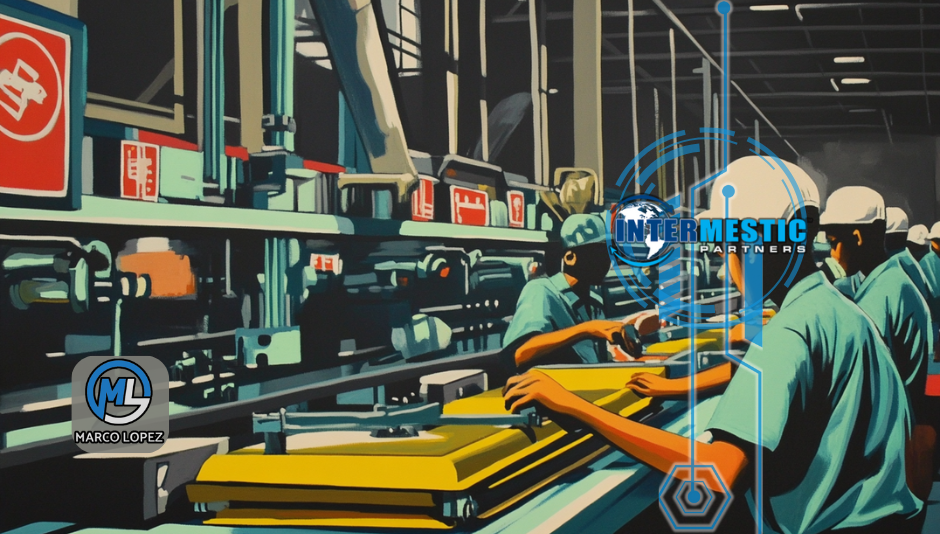Why U.S. Manufacturers Fear the Trump Tariffs
- Marco Lopez

- Jun 12
- 2 min read

Tariffs have long shaped U.S. trade policy. But under the Trump administration, aggressive tariffs became a central economic weapon—with American manufacturers caught in the crossfire. As new political cycles loom, many manufacturers fear a return to these damaging policies.
As former mayor of a border city in Arizona, Director of the Arizona Department of Commerce, and Chief of Staff at U.S. Customs and Border Protection, I’ve witnessed how tariffs ripple through industries. Today, as CEO of Intermestic Partners—an international business advisory firm founded in 2011 specializing in cross-border trade and development—I help companies navigate trade shifts that directly affect their survival.
What Happened During the first Trump Tariff Stage
Trump’s tariff policy targeted:
Steel and aluminum imports
Chinese consumer goods
Global supply chains viewed as “unfair” competition
The intent: protect U.S. jobs and industries.The reality: manufacturers faced higher input costs and foreign retaliation.
By 2019, studies estimated that American consumers and companies paid nearly 100% of Trump’s tariffs—not foreign exporters.
How Manufacturers Were Squeezed
Industries hit hardest included:
Automotive: Faced billions in extra costs on steel, aluminum, and retaliatory foreign duties.
Steel users: Higher raw material costs for construction, machinery, and durable goods.
Exporters: Lost market share overseas due to foreign retaliation.
Many companies were forced to:
Cut jobs
Relocate production abroad
Halt long-term investment
The Economic Domino Effect
Tariffs created a double burden:
Input costs soared for imported materials.
Export sales shrank under retaliatory foreign tariffs.
Domestic prices rose, passing higher costs onto U.S. consumers.
The uncertainty made long-term planning difficult, stalling investments and weakening supply chain resilience.
The Biden Trade Policy Landscape
Under the Biden administration:
A pause in aggressive new tariffs offered temporary relief.
Trade teams reviewed policies while consulting with allies.
But no clear reversal of Trump-era tariffs were mass implemented.
Today, manufacturers remain in limbo—fearful that a return to tariff-heavy policies could again destabilize operations.
The Real Lesson: Look Beyond Tariffs
While tariffs exposed legitimate concerns about unfair trade practices, the heavy-handed approach inflicted more domestic harm than strategic gain. Smarter alternatives include:
🛠 Fair-Trade Negotiations
Resolve disputes via multilateral agreements
Create enforceable rules for global competition
💡 Domestic Competitiveness
Invest in innovation, R&D, and workforce development
Strengthen supply chain security without punishing U.S. companies
🌐 Cross-Border Collaboration
Build resilient partnerships that protect both economic security and global market access
At Intermestic Partners, we work with top national and international companies to design trade strategies that balance competitiveness, security, and stability—without resorting to policies that harm the very industries they claim to protect.
The Stakes Are High
Manufacturers aren’t just worried about costs—they fear the strategic uncertainty that aggressive tariffs create. The next chapter of U.S. trade policy must reflect lessons learned—and avoid repeating the mistakes that rattled American industry.
Partner with Intermestic Partners to craft resilient trade strategies that position companies for growth in an increasingly complex global market.
.png)




Comments